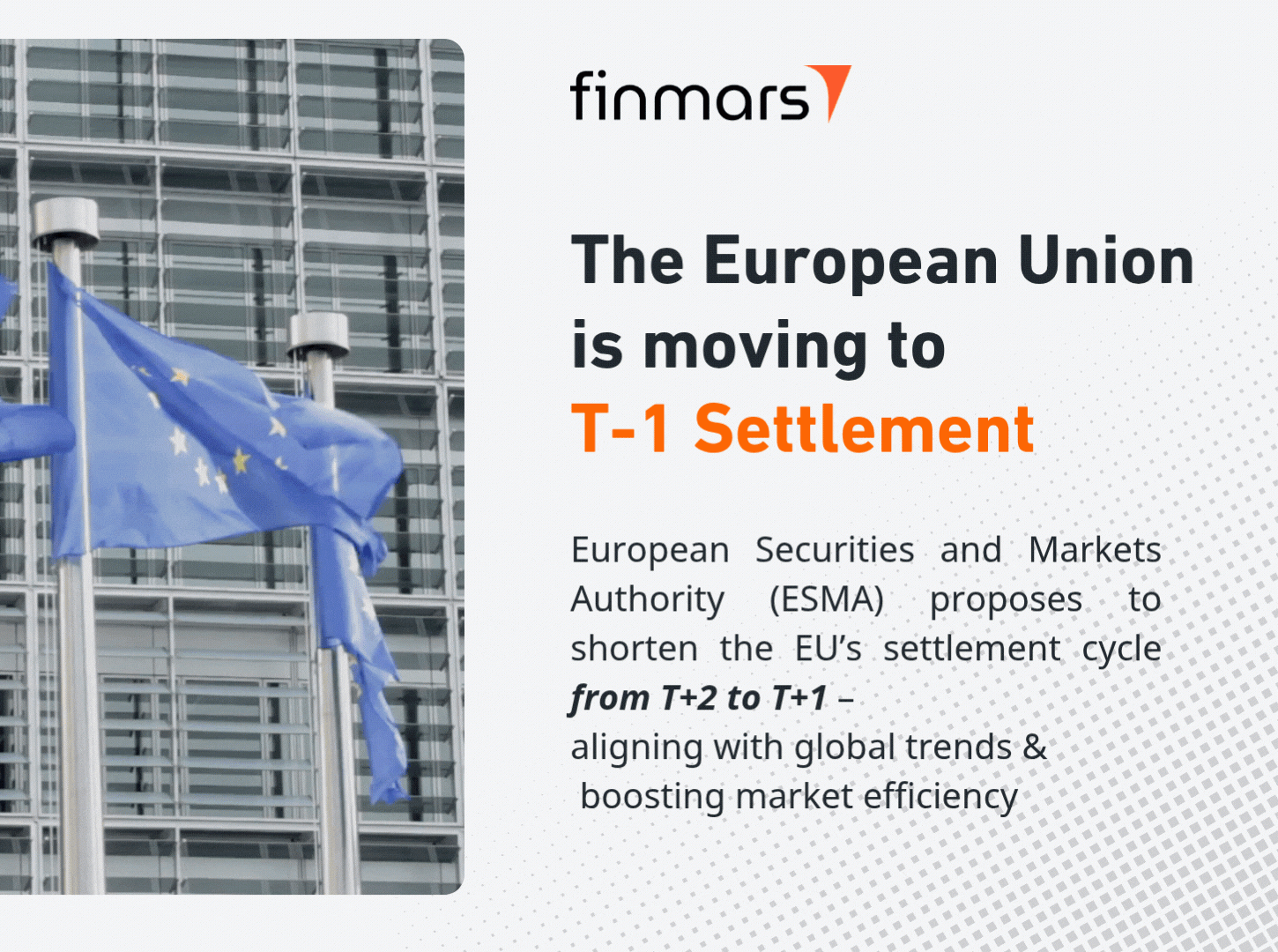The EU is officially moving to T+1 settlement by 11 October 2027
The European Securities and Markets Authority (ESMA) has proposed shortening the EU’s settlement cycle from T+2 to T+1, aligning with global trends and aiming to enhance market efficiency and resilience.
What is T+1 settlement?
The settlement cycle is the period between trade execution (“T”) and the final exchange of cash and securities. Moving to T+1 means trades executed today will settle the next business day — sharply reducing processing time and exposure.
What does this mean for financial institutions?
• Asset managers: will need tighter post-trade workflows and clearer visibility into trade confirmations
• Banks: must rethink their reconciliation speed and settlement risk models
• Fintech platforms: have an opportunity to lead with faster, API-first solutions
Why it matters:
• Less time to match trades, resolve discrepancies, and move collateral
• Higher demand for automation, transparency, and integrated data pipelines
• Greater exposure to penalties for failed settlements or mismatches
At Finmars, we see this as a pivotal moment for innovation:
– Up-to-date reconciliation
– Modular data ingestion
– Instant reporting
How is your team preparing for T+1?
Let’s talk automation, risk mitigation, and infrastructure readiness.






